One of the best ways to get good at casting with resin is to push it to its limit.
Said another way, push it to fail.
You’ll learn more from your resin mistakes than your successes.
Or even better — you can learn more from MY resin mistakes.
Like the day I used polyester resin and didn’t follow the basic resin rules I spend so much of my time evangelizing.
That’s why I’m sharing why ignoring my own advice wasted what should have been a beautiful afternoon crafting with resin.
Mistake #1: Cast resin when you don’t give yourself enough time.
I wanted to pour resin outside because polyester resin smells worse than a post-practice high school football team in a farting contest. It was about 4 PM in January, and I knew I would only have another 60 minutes of daylight and warmth to work the resin, which I thought would be plenty of time. So I prepped mixing cups with a toothpick of color from my resin pigments.
I wanted enough polyester resin to put in 25 cups, so I poured as much resin as possible into a 10-ounce mixing cup.
What I should have done: Waited until I had double the time needed for this project. After estimating 1 hour, I should have budgeted two hours to cast resin. Ultimately, that means I wouldn’t have even started this project on this day and time.
Mistake #2: Mix more resin than you can use in the pot time.
I wanted about 1/3 ounce of resin into each color cup. That meant I needed about 9 ounces of resin (total) for this resin experiment. And I decided to mix all the resin at once.
{NOT SO} fun fact — the pot time of polyester resin is 7 to 10 minutes. And here I thought I was going to mix, pour and color that resin twenty-five shades of amazingness in that time.
What I should have done: Mixed the resin in two to three batches for casting instead of one big batch.
Mistake #3: Add extra hardener to speed up curing.
While it was in the upper 70s F, I knew it wouldn’t last as sunset approached. The resin kit directions said to add 6 to 8 drops of hardener.
But, I wanted it to warm quickly to start curing before the afternoon temperature cooled down.
If a little is good, scads must be superior.
What I should have done: Used the right amount of hardener and tried another way to get resin to cure quicker.
Mistake #4: Be unorganized (or too lazy) to get the right tools for the project.
I took two to three minutes to pour the resin into the cups.
(That’s about 20 to 30% of the pot time going POOF.)
Then, I stirred with toothpicks instead of stirring sticks. The stirring sticks would have worked better because they mix color faster and with fewer bubbles. But, I didn’t have them close by and didn’t want to waste pot time looking for them.
It wasn’t long before I realized my resin was thickening. Then, I started mixing the resin like I was a Dr. Seuss line cook scrambling eggs.
What I should have done: Gathered my supplies together before mixing resin instead of winging it in a moment of panic.
Mistake #5: Thinking I could beat the clock on a resin’s pot time.
At this point, I had to ask my assistant, (that guy who promised to love me through eternity in situations like this), to help me with mixing and casting the resin. But we couldn’t get all the resin colors mixed before it looked like we failed cooking class by trying to demold gelatin before it was set.
What I should have done: Not thinking I was ALL THAT because the resin always wins.
My consolation prize was seeing how gorgeous the Resin Obsession epoxy pigments look in polyester resin.
Wondering what else not to do when casting resin?
Then you will want a copy of my ebook, Resin Fundamentals. I’ve condensed my sixteen years of resin experience into an easy-to-read book. You’ll get the crucial details you need to know to be successful with resin on day one! Buy the PDF book now, and you get a download link in your email inbox in minutes.
Unpublished Blog Posts of Resin Obsession, LLC © 2023 Resin Obsession, LLC


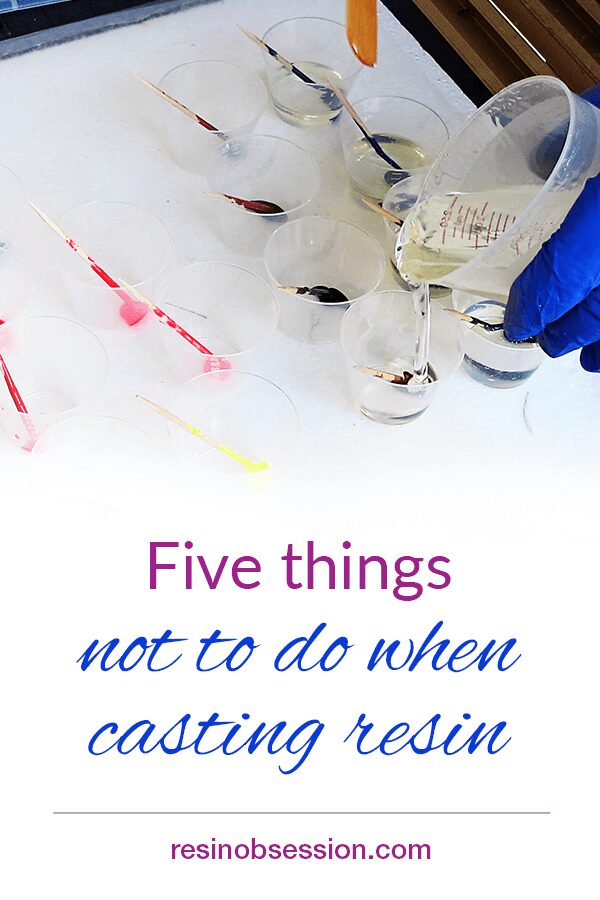
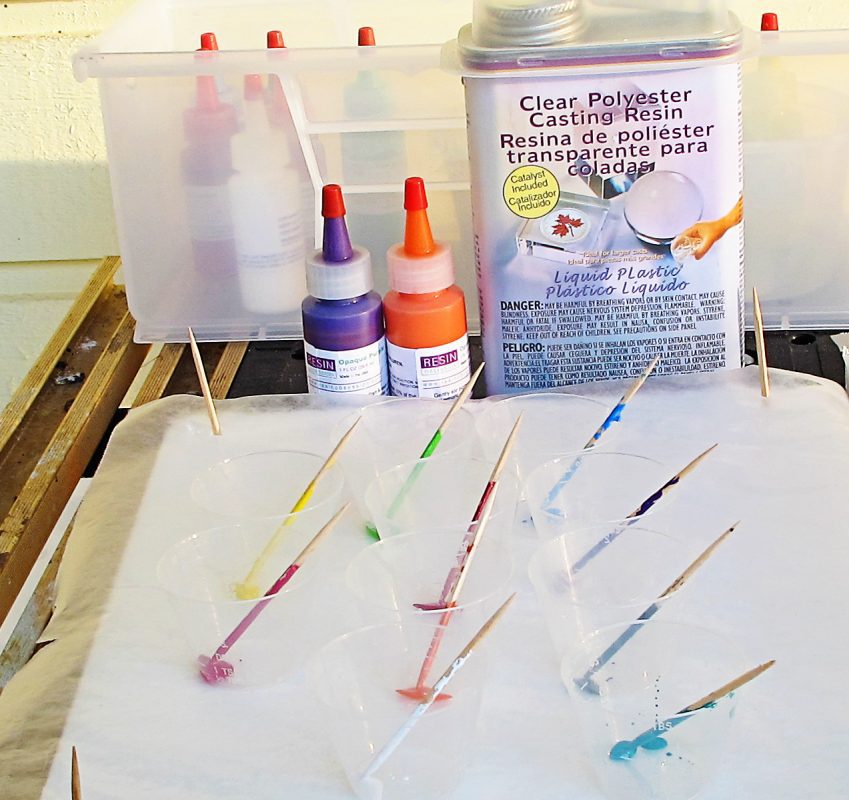
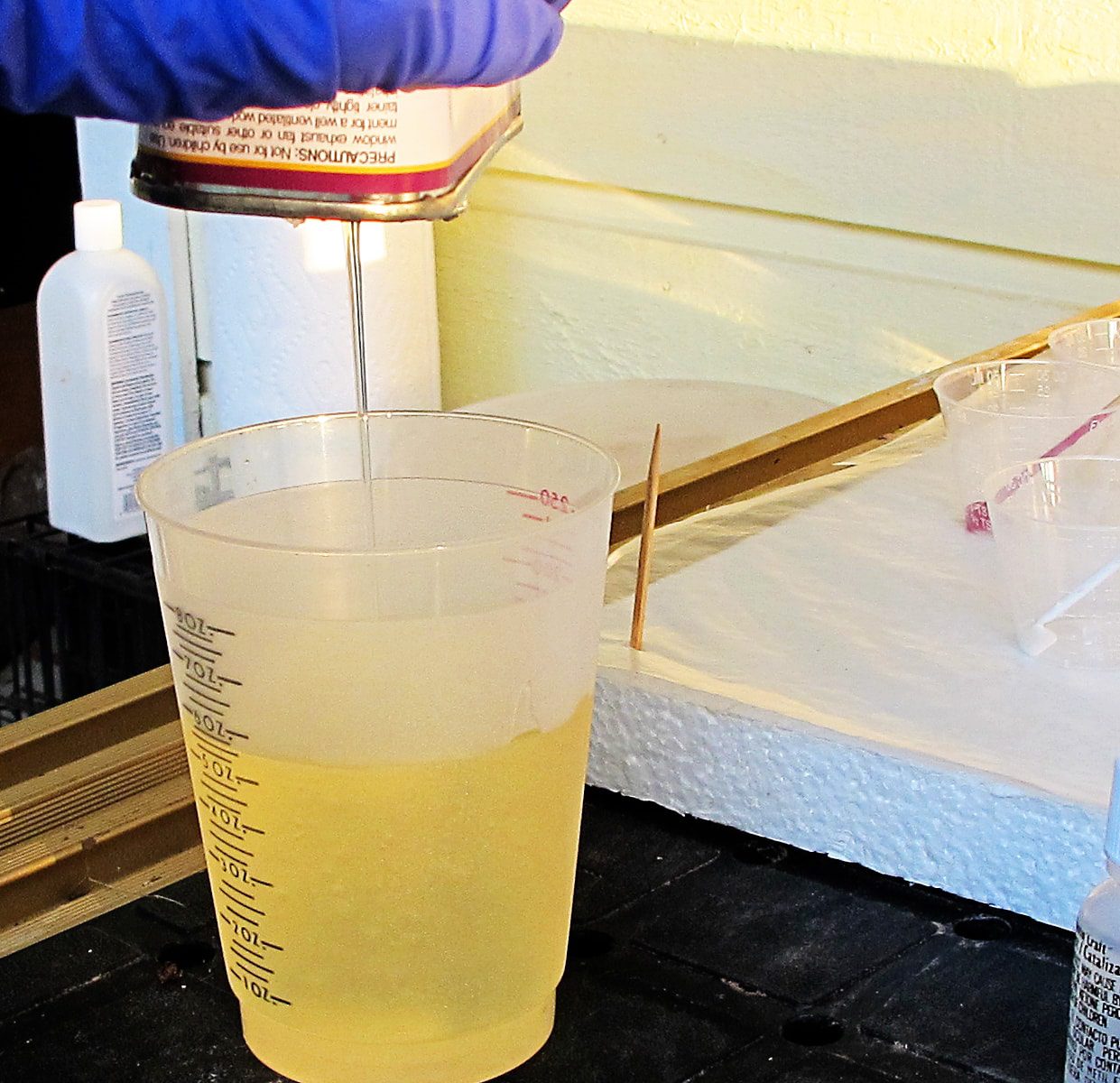
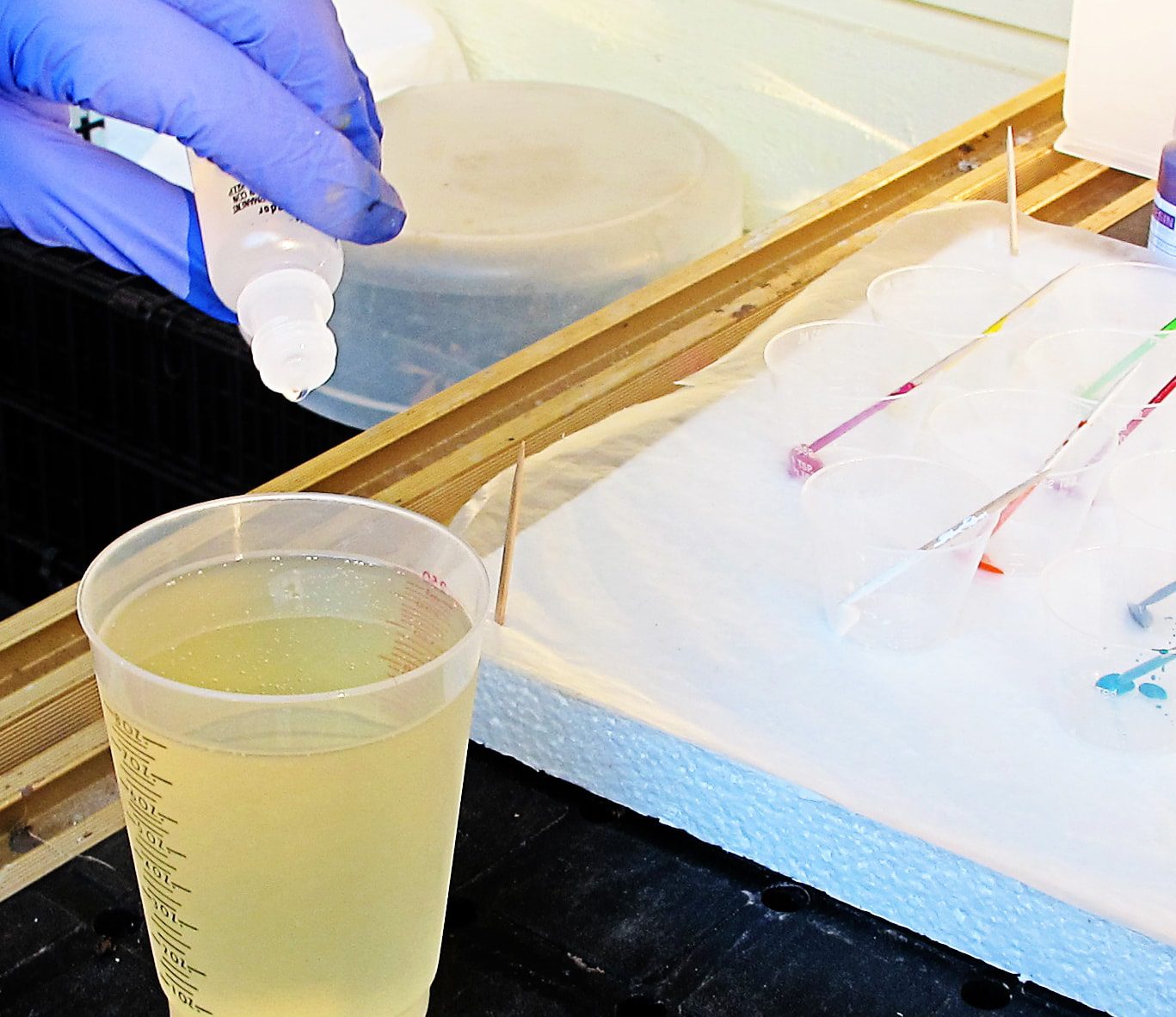
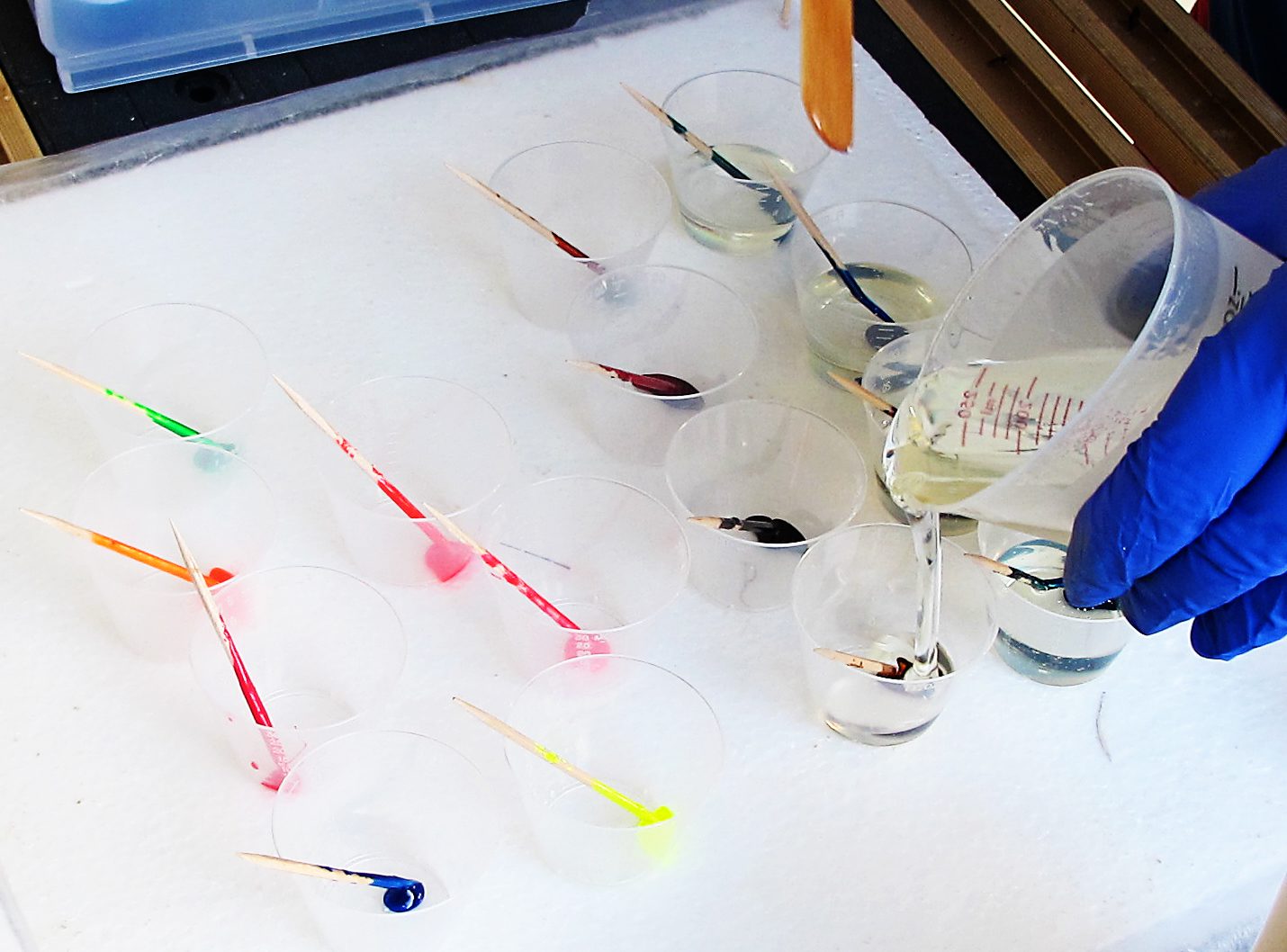
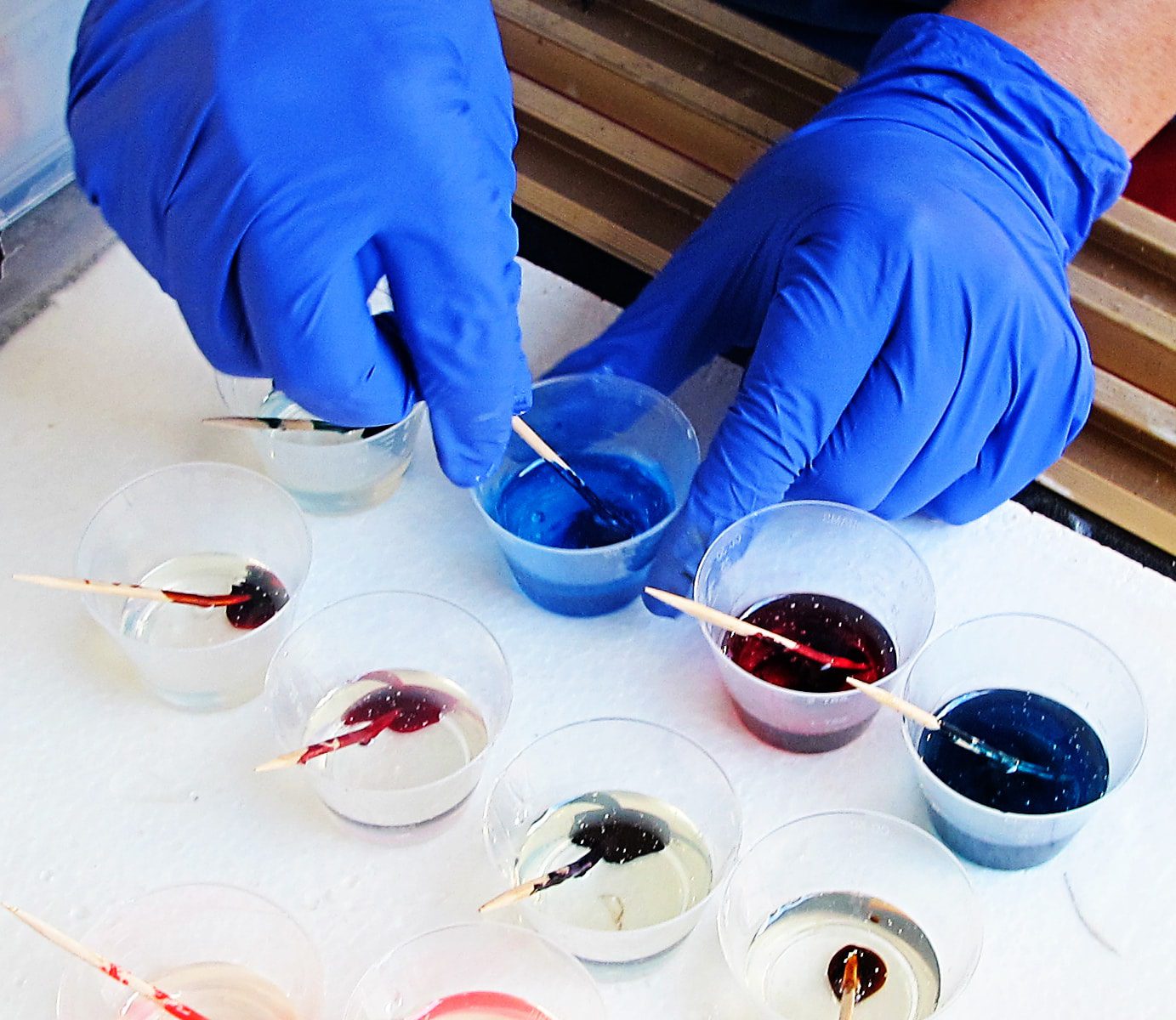
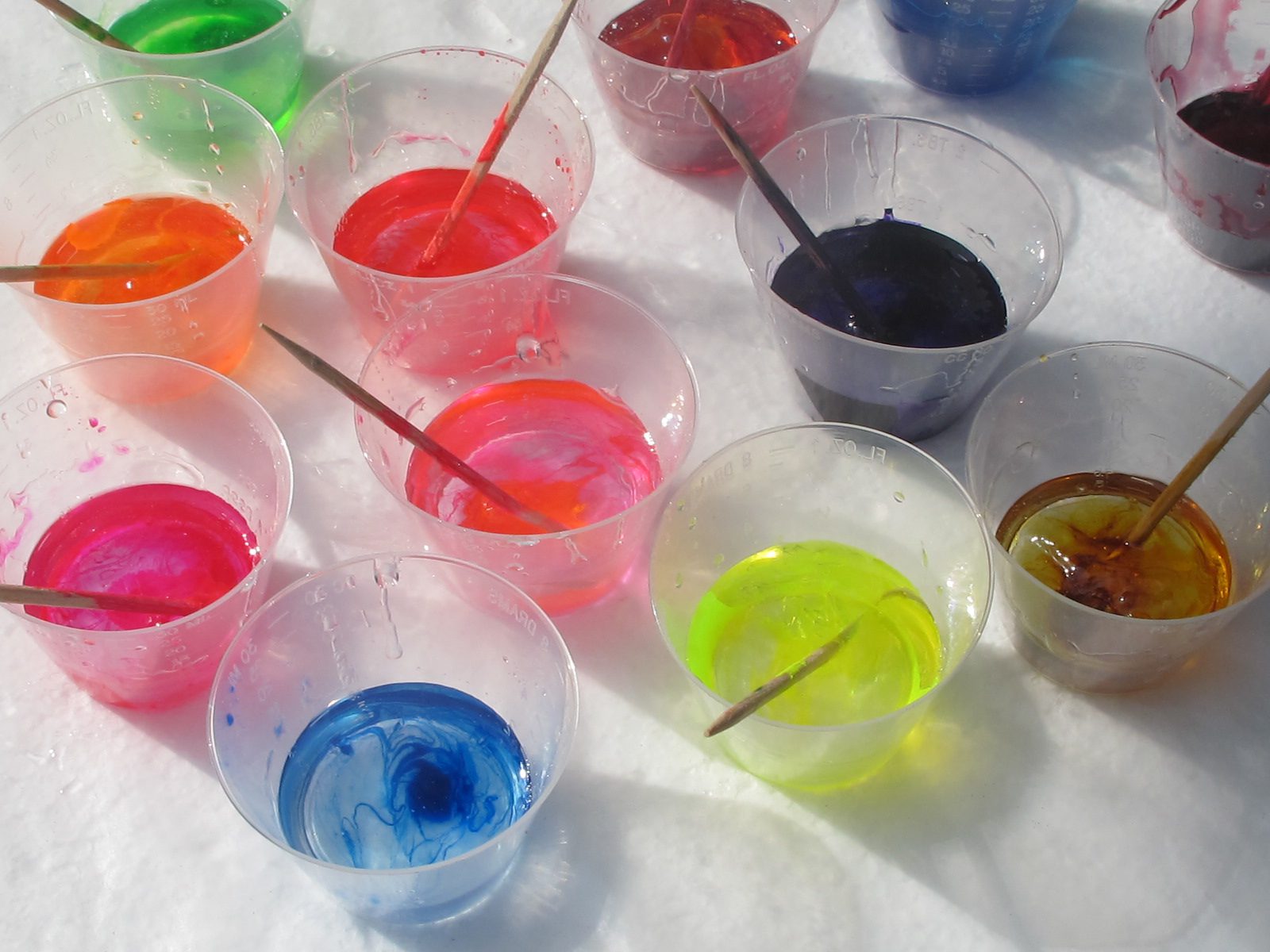
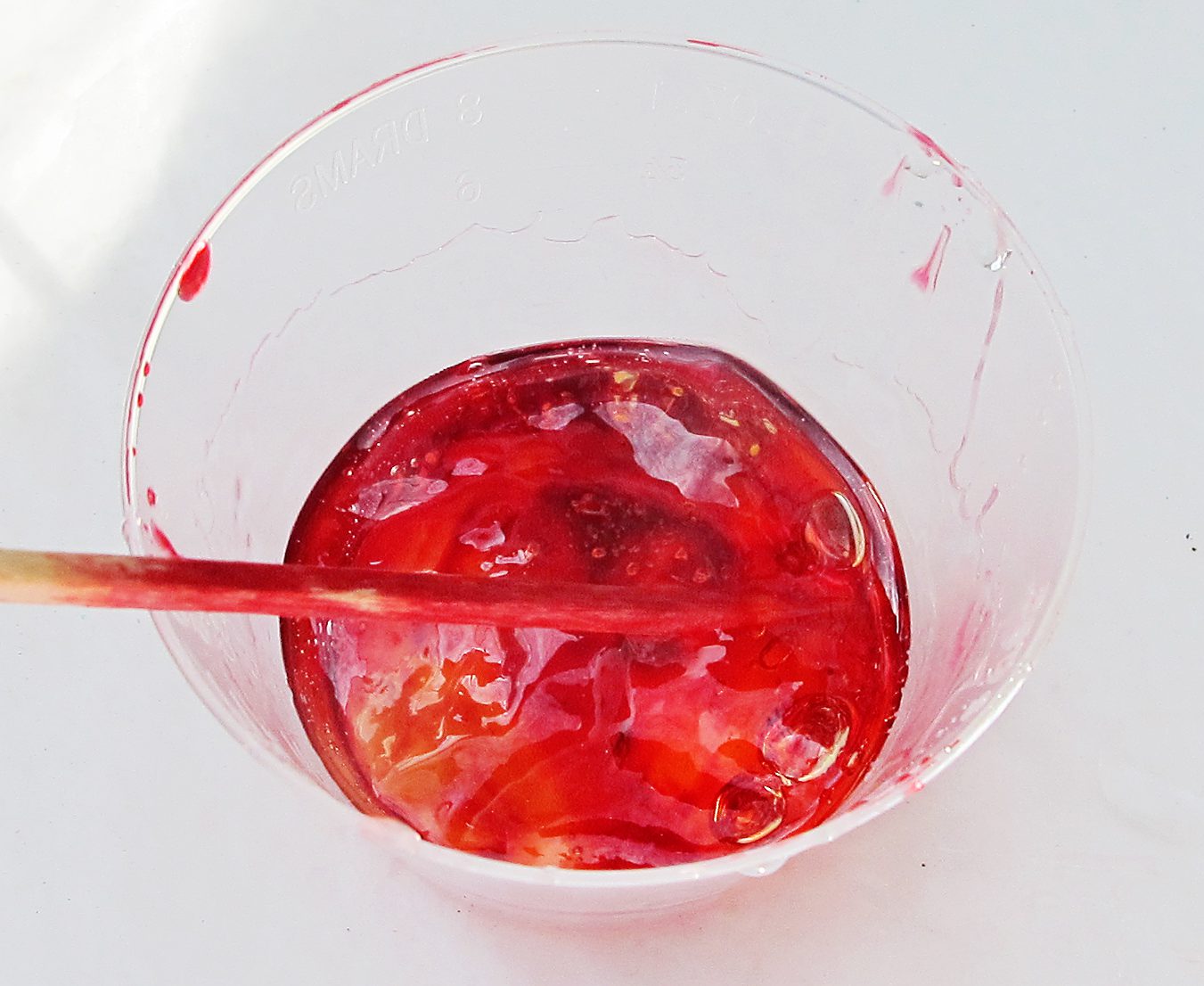
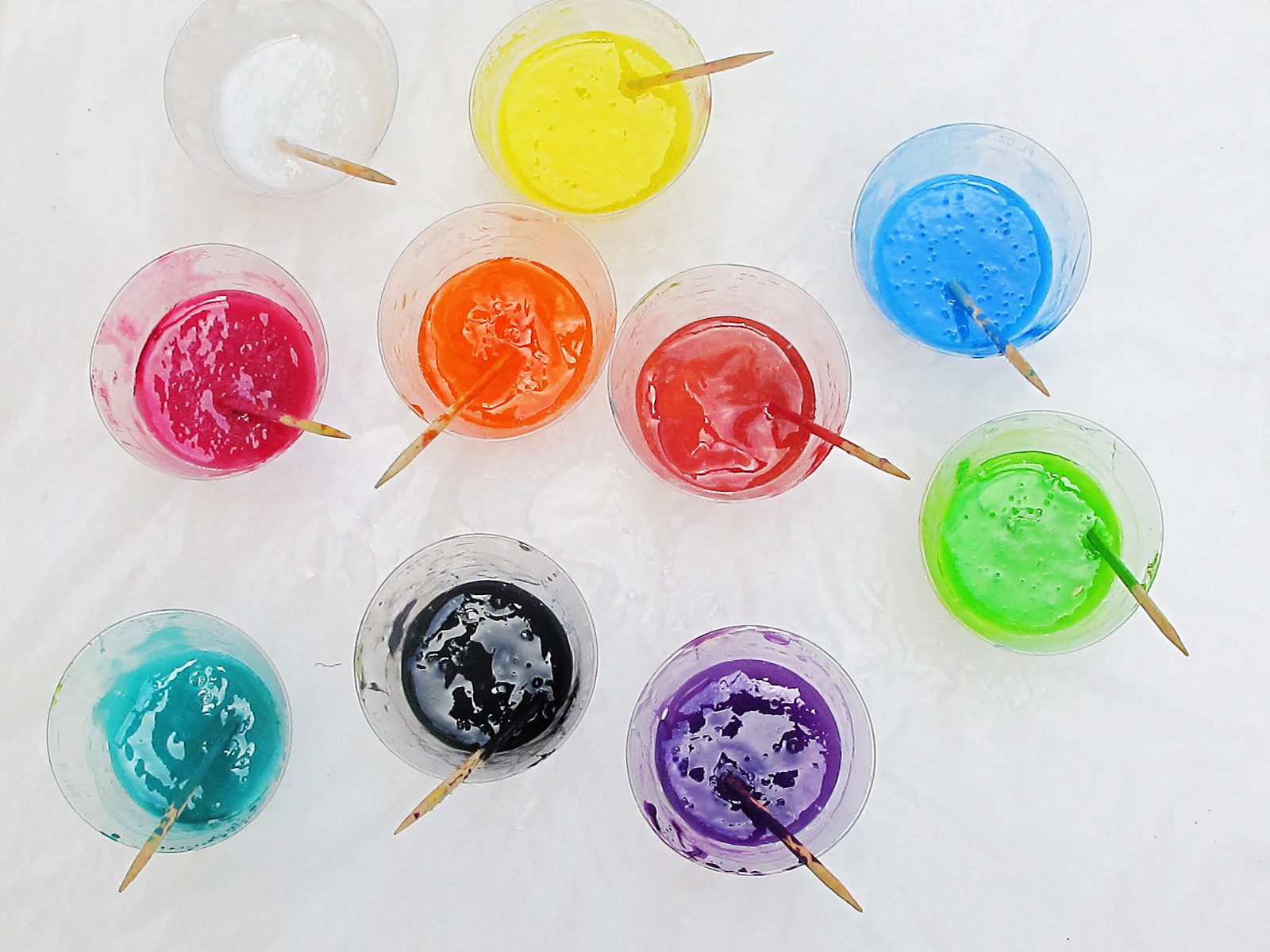
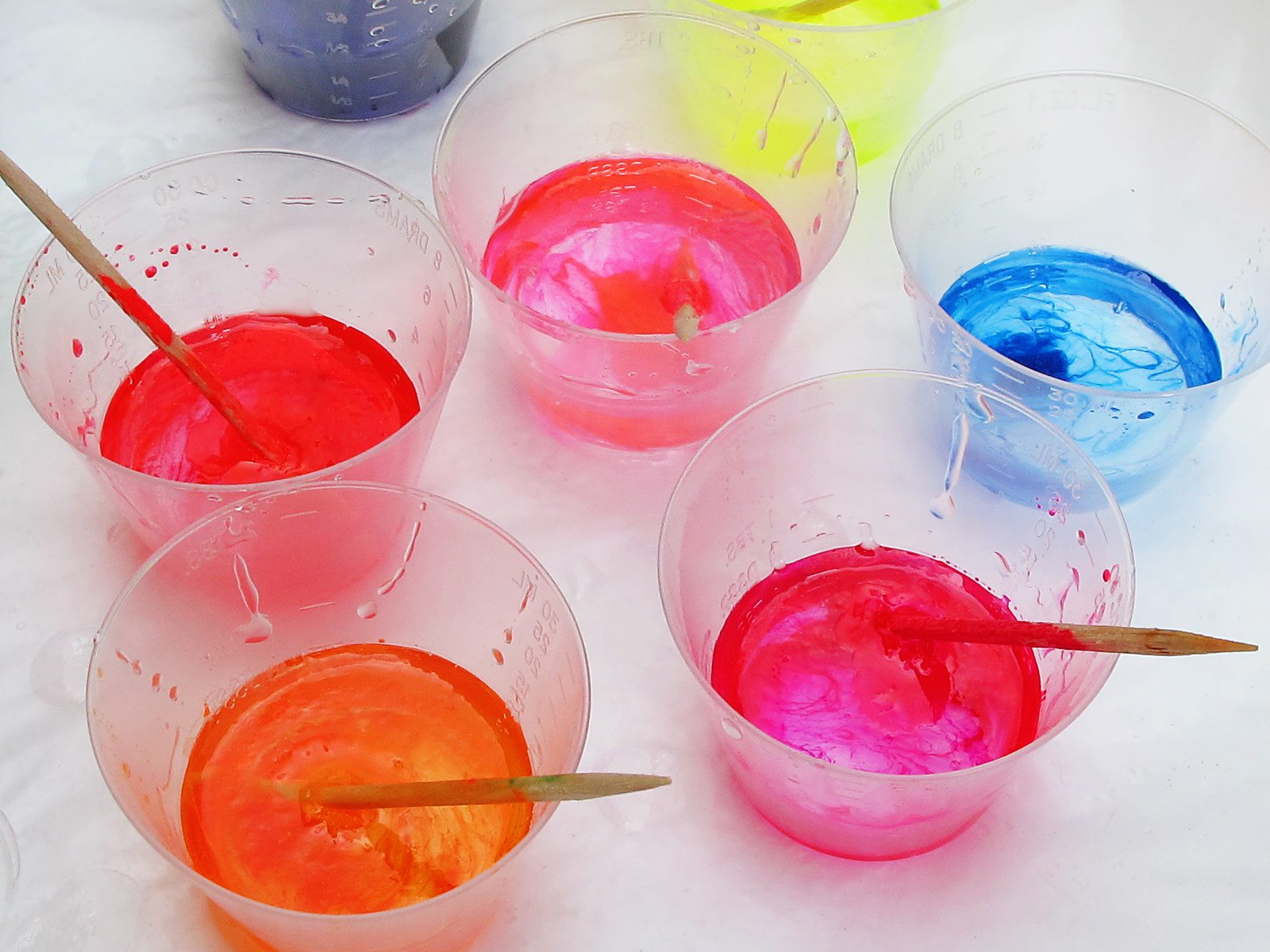
I am on the floor laughing here because I know each and every of these mistakes. Not with polyester resin but it really doesn’t matter. It happens with epoxy too. Pouring with not enough time planned will be a disaster. Oh and how many times have I mixed too much resin, poured some pieces, got a new idea and raced around half an hour in my apartment to look for the sea shells or glitter or whatever that of course have dissappeared? Just to find the resin with the stir stick in the cup gooey and just ready for the bin. And each time I swear it won’ happen to me again….
Loved this and I like your humility. i jist recently started working with polyester resin in wood and am very pleased to learn that you color pigments will work well. I will definitely be trying it soon. Thank you.
Thank you. 😉 I like that people can learn from my mistakes too.
Hi
I’m about to experiment colouring some water based casting clear resin.
I use a product called “Brusho” which is a water reactive pigment.
Have you or any others resinists used or had any experiences with this product?
Unfortunately, I don’t have any experience with this resin.
Oh goodness! Ok.. It is actually cooler here today than typical but I thought, sure set them out in the sun and they will cure… Haha.. I was tricked! Drats! Sooooo I used some acrylic paint to color mine.. Hmm still liquidity.. I think I am gonna try to make an oven with a clear top and foil sides and see if that helps.. Most I might have for a problem is condensation.. But I will try..
I do typically use powdered make up, scrapbooking flocking, glitters and have even used soap dyes.. Never a problem.. But typically… The weather is hotter. I’ll let you know how it goes.
In my experience the translucent dyes burn off in polyester, for instance I used the tiny bits of trans red everyday before I switched to polyester in Alumilite & it turned out blood red like I wanted (FANTASTICALLY GREAT!) but used the same dye & same amount even a great deal more/less & the end results were browns or purples depending how much coloring used. I use Silpak Polyester (SPR-41-F) 5gal jugs now so I’m casting a great deal everyday & most of these translucent dyes don’t do what they would do in the Alumilite resins. Cast a little piece in polyester & in Alumilite you will see a big difference in the colors (make sure they are mixed properly tho lol). Maybe the polyester I have is different than the cast & craft stuff idk. Any help is appreciated on what to do or where to find a new dye for polyester other than the cast & craft brand, it takes a half bottle of dye to do what I want its crazy. Need something more concentrated than the water they give you lol.
What would happen if you mixed up your color and glitters before adding and mixing the catalyst??
The colors could add to the volume of the resin. You need to account for that with the amount of catalyst you use.